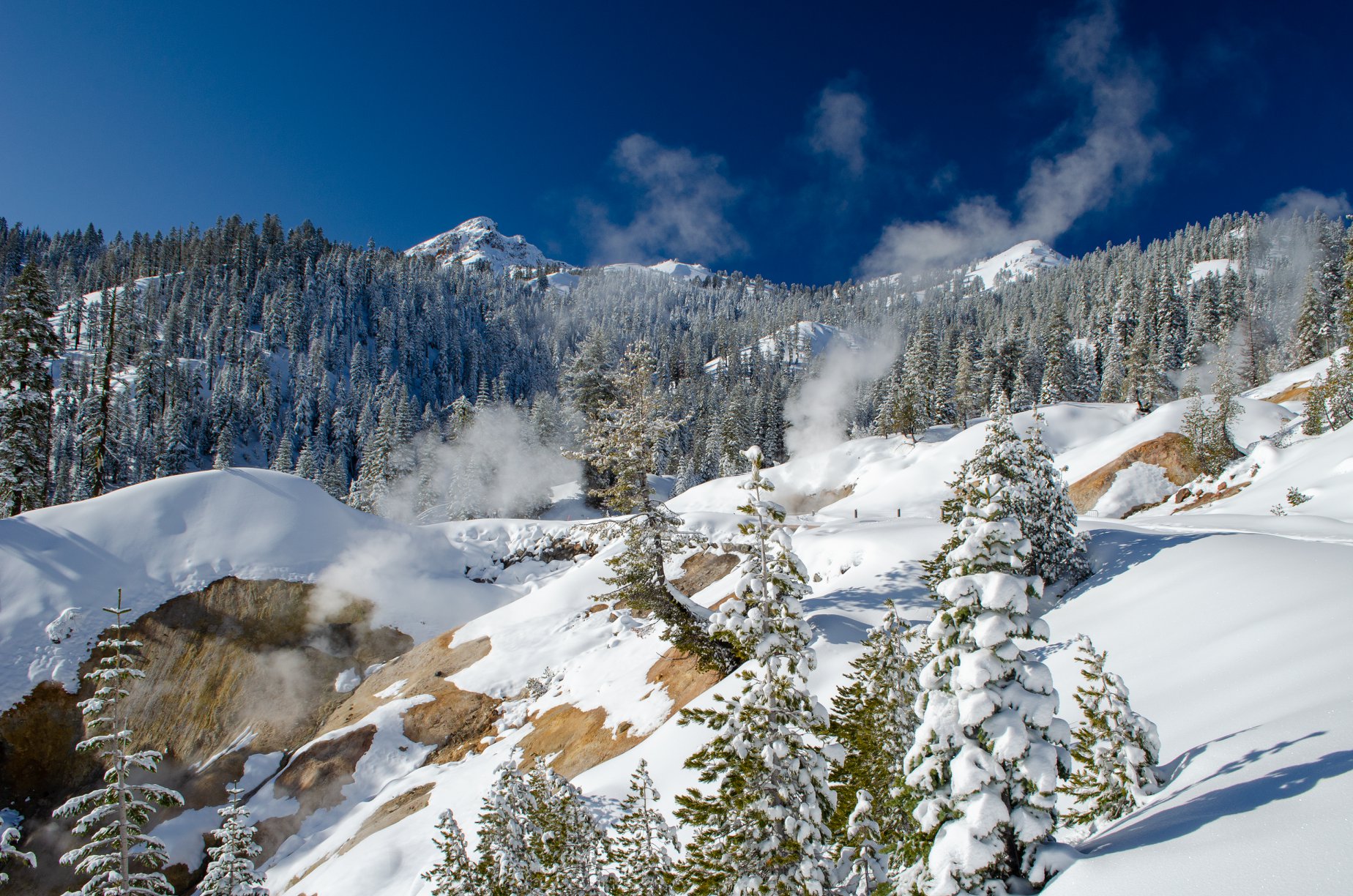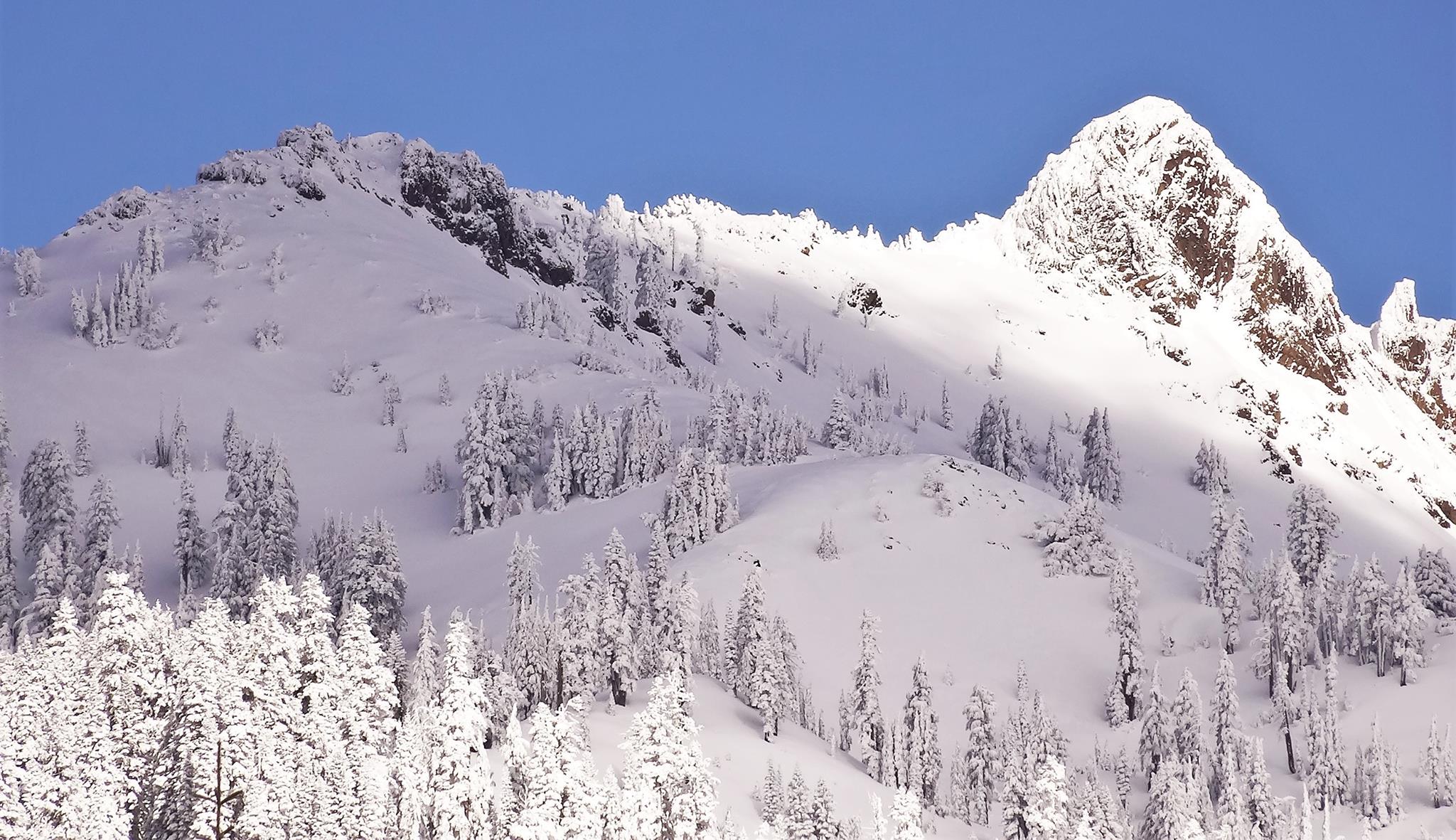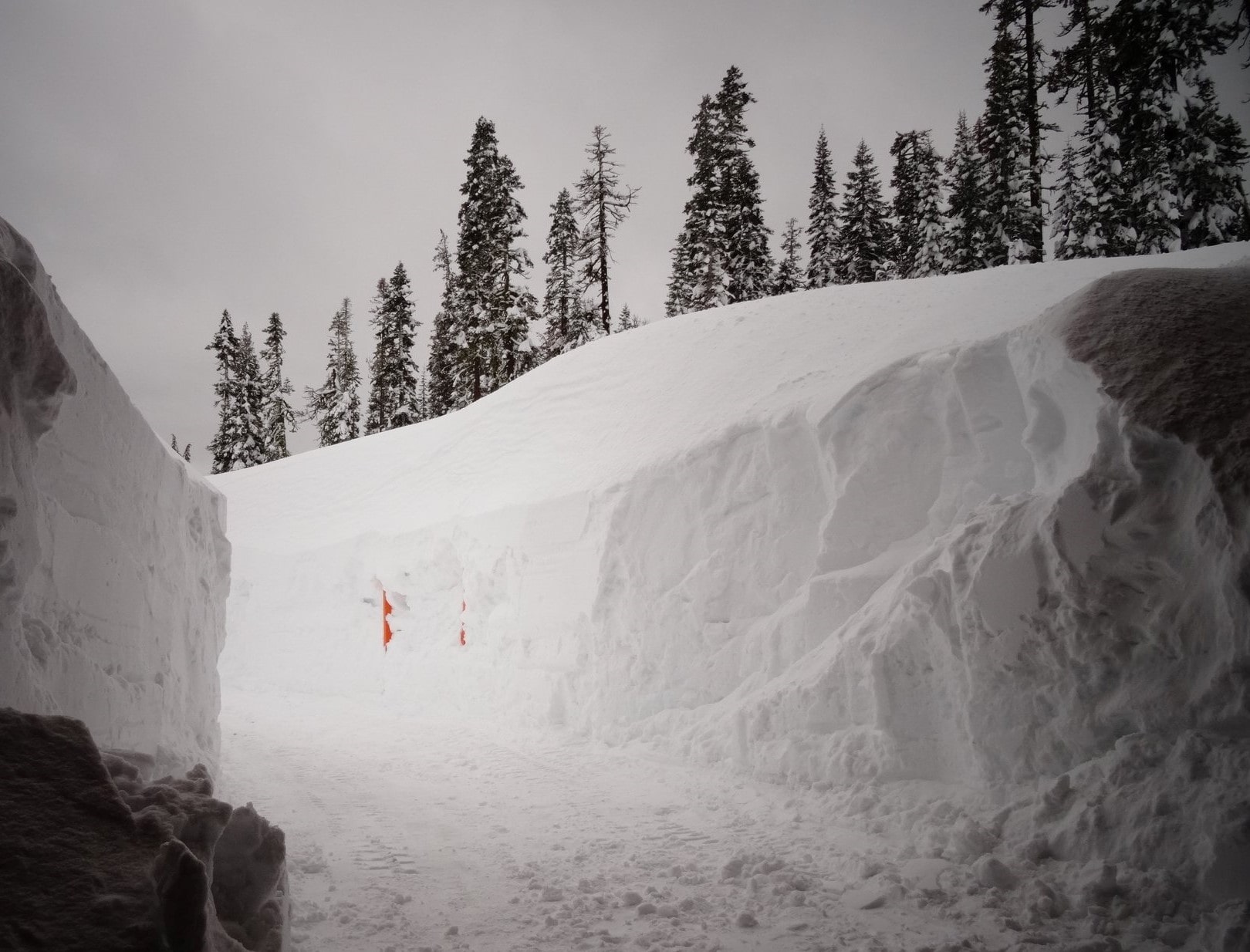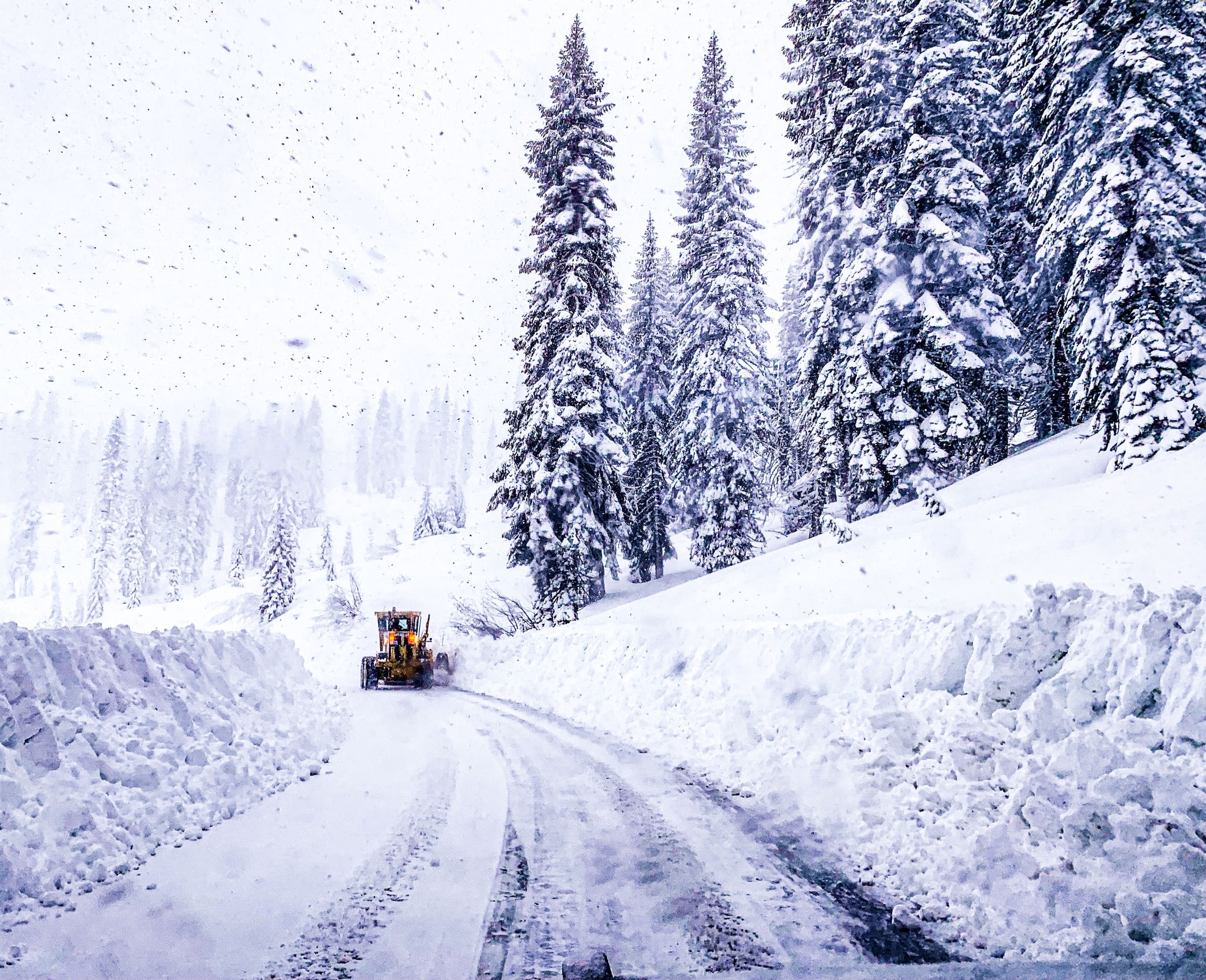
Looking back at the 2022/2023 winter season for parts of the West, it’s safe to say that this was one for the ages, especially for the high terrain in California. While it’s easy to gravitate and talk about the legendary snowpack records that were broken in the Sierra Nevada, I’m going to move a little further north of the Sierra Nevada Mountains to explore how this past winter season snowfall stacks up at one of California’s most unique (geologically speaking) and lesser-known National Parks.

The place I’m referring to is Lassen Volcanic National Park (Kohm Yah-mah-nee – Ancestral lands of the Atsugewi, Yana, Yahi, and Maidu people), which is situated at the southern end of the Cascade Range, colliding with the Modoc Plateau, Great Basin, and Sierra Nevada mountains. This park was officially established on August 6th, 1916 (one year after its famous May 22nd, 1915 explosive eruption).
Let’s dig into some of the winter season archives and see how they compare to this past winter at Lassen:

Historically, Lassen Volcano has around 430 inches of annual snowfall measured at the Kohm Yah-mah-nee Visitor Center (6,700 ft). According to the National Park Service, Lake Helen receives around ~600 to 700 inches of total snowfall (typically measured from October 1st – September 30th of the following year). There are even some truly exceptional years where Lake Helen gets 900+ inches of total snowfall.
So, how does this historic 2022/2023 winter season compare to past winters? Total season snowfall was not recorded by the park this past winter, but one would suspect it easily surpassed 450 inches for the year in both areas where they measure snowfall at the park’s Kohm Yah-mah-nee Visitor Center and Lake Helen sites.
So while the most recent annual snowfall total remains somewhat a mystery, what’s quite impressive is that the latest snow survey taken on April 25th, 2023, by PG&E at Lake Helen (8,025 ft) measured 211 inches currently on the ground, which equates to a whopping ~118 inches of water.

How does this fact measure up to the historical data from the 1930s? Did you know that the area’s average snowpack is around 176 inches? The smallest snowpack was 64 inches in 1977, whereas the deepest snowpack ever recorded was 331 inches in 1980, or a little over 27 feet.
I think it’s safe to say that this winter 2022/2023 season confidently puts it greatly above average compared to its typical 176 inches (snow depth on the ground). The same can be said for its snow water equivalent (118 inches of water). Its normal average is 79 inches. That is a healthy gain of roughly 38+ inches of water locked up in the snow.

I also want to bring up some thought-provoking questions. With climate change continuing to significantly impact the weather patterns, do you think the changing weather patterns will lead to larger and more erratic swings in the winter months at Lassen? Will winters get progressively ramped up, meaning more intense and frequent atmospheric rivers that are more damaging than beneficial to the national park?
